Let's get to know all types of math functions, something essential for both students and lovers of the scientific branch, so that they will get an essential basis to be able to continue advancing in their knowledge.
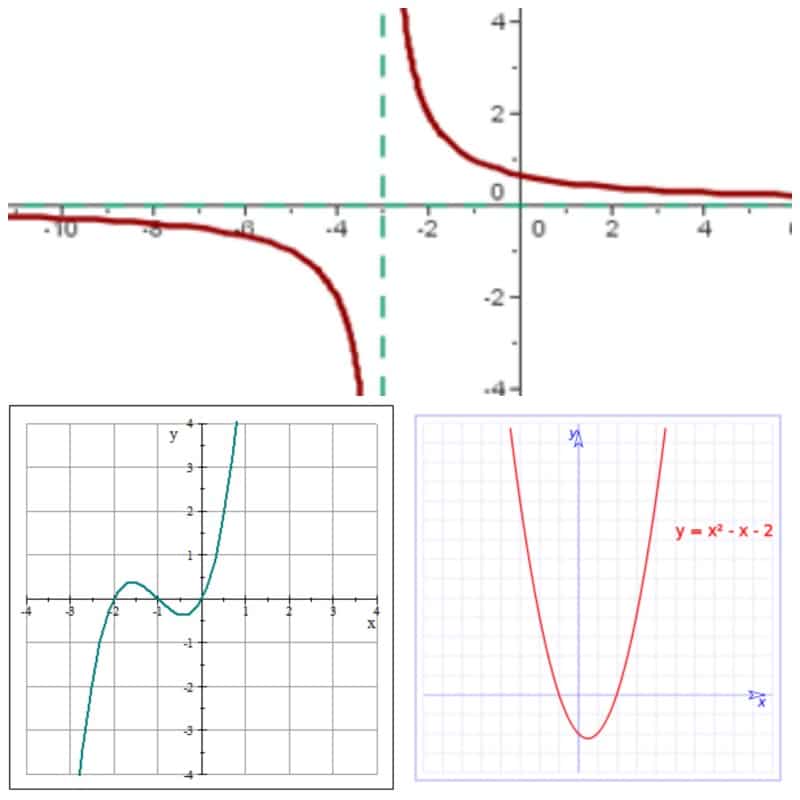
What are mathematical functions
A function is the relationship between two sets or quantities in such a way that an equality of values is established between the first and the second.
We can represent a function graphically so that we can observe the relationship between both magnitudes, which facilitates its understanding and above all opens our minds to know what we are really calculating.
Remember that mathematics can be very beautiful but only if we understand the processes and the objectives, since, if we do not have a good base and focus only on the calculation, in the end it can end up becoming a subject that is done very uphill. So it is essential that, in addition to calculating functions, you also spend some time analyzing their meaning and, for this, the best you can do is represent them graphically.
All types of math functions
Once we understand the concept of a function, we can proceed to analyze all the types of mathematical functions that exist today.
The constant function
Una constant function It is the one in which we only have one result for said function, so that we obtain something similar to what we can see in the following image, that is, a horizontal line:
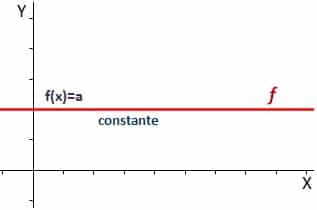
The quadratic function
Una quadratic function is a function of the type f (x) = ax2 + bx + c, so that a, b and c would be the constants, a being different from zero in any case. In this way, what is obtained is a parabola that can be open up or down, depending on whether a has a value greater than zero, or if it has a value less than zero. If it is a higher value, it will open upwards, and if it is lower than zero, it will open downwards.
Notably quadratic functions are polynomial functions.
The linear function
La lineal funtion is the one that has the shape f (x) = mx + b, where m is what the slope indicates, while b is the value in y, so that a straight line is obtained but this time with a certain inclination or slope.
It's important to know that a linear function is a polynomial function, a type of function that we will learn more about below.
The polynomial function
With regards to polynomial function, it is a function with real numbers and positive integer exponents. It should be noted that the domain of all polynomial functions is the set of real numbers.
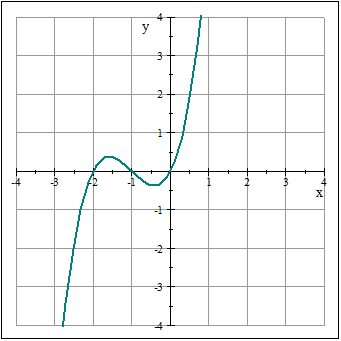
The rational function
Finally we have the rational function which is the resulting quotient of two polynomial functions, so that it is established that q (x) = f (x) / g (x).
One detail to keep in mind is that the domain of the polynomial function obtains real numbers.
The function of the line
When we talk about the affine function, we have to mention that it is a polynomial function. That we have also mentioned it in this list of mathematical functions. Therefore, returning to the affine, it is defined as the one that does not pass through the origin of the coordinates, that is, that does not touch the 0,0 point. They are lines that are governed by the following formula:
F (x) = mx + n
The m will be the slope, that is, the inclination with respect to the X axis or the abscissa. when it is positive, the function is said to be increasing. So if it is negative, it will be decreasing. The n will be the ordinate, the point where the line will cut the coordinate axis.
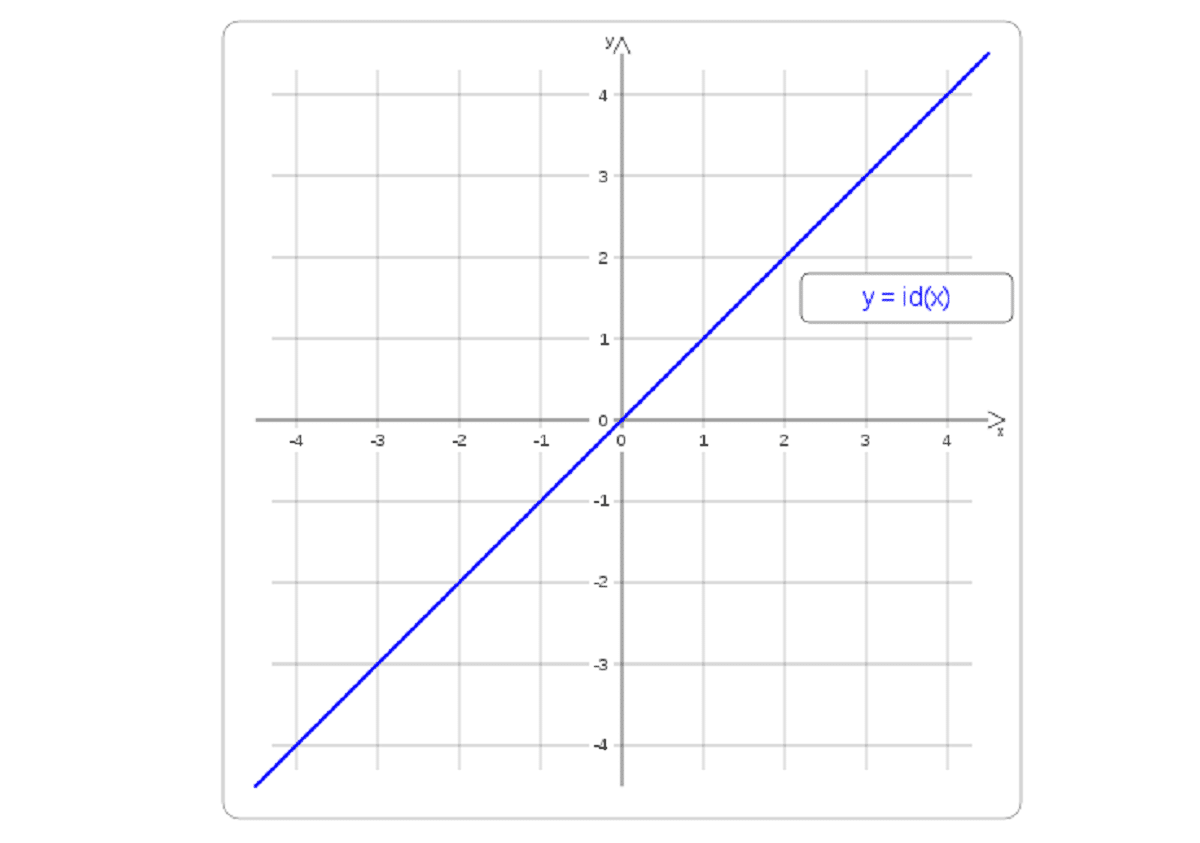
The identity function
It is the function of a set itself. That is, the image of any type of element will be the same. We usually see it with id. When we speak of an identity function we also speak of a linear function, where m is equal to 1 and passes through the coordinate axis. This means that it will divide both the first and third quadrants, and both, in equal parts. Remember that id will always be the neutral element
id r: R - R
idr(x) := x
Cubic function
We are talking about third degree functions, where the greatest exponent is x raised to three. Remember that a is nonzero. It can also have one or more roots.
f (x) = ax 3 + bx 2 + cx + d
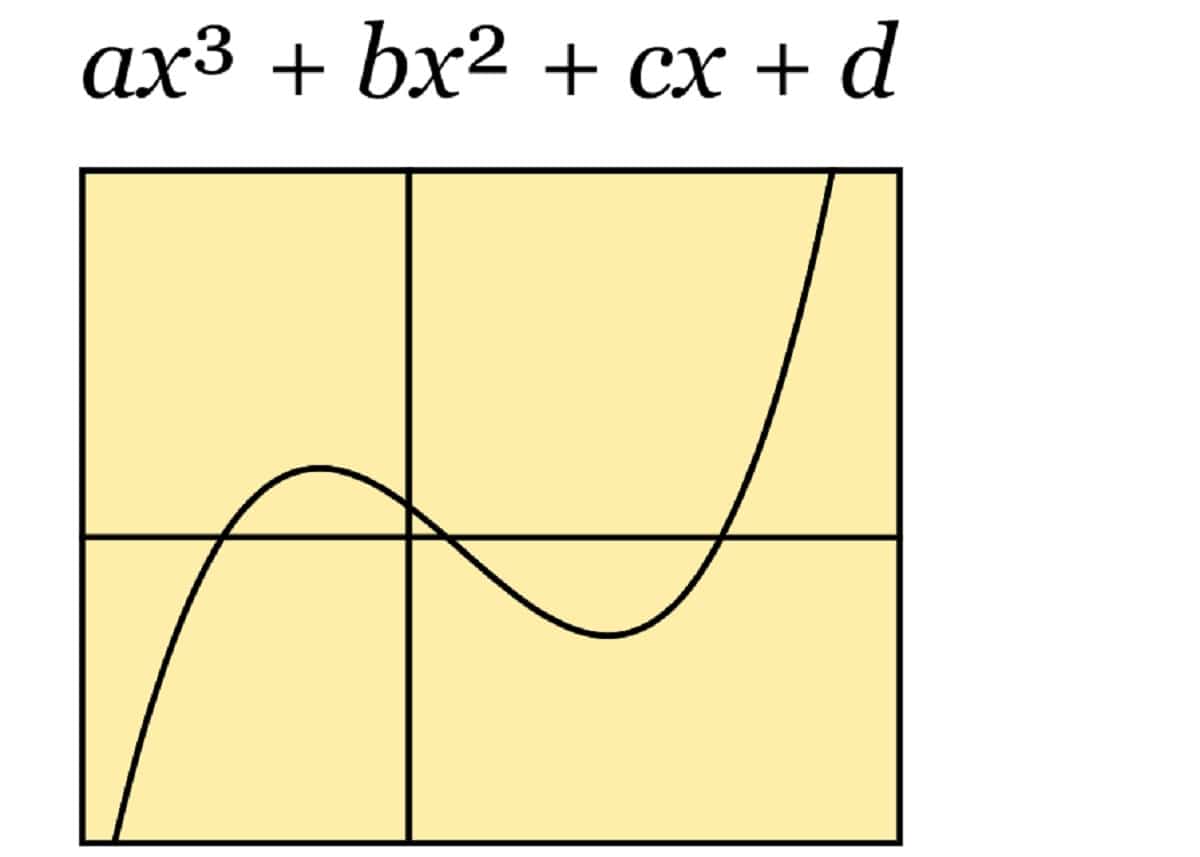
Exponential function
At its base it has a constant a and the variable x will appear as an exponent. The derivative of an exponential function will be proportional to the value of the function. So the constant of this proportionality will be the natural logarithm of the base b.
f (x) = ab ×
Logarithmic function
To get a quicker overview, it must be said that it is the inverse of the exponential. so when we talk about logarithmic functions, we have to mention that a will be the base of this function, positive and different from 1.
f(x) = logax
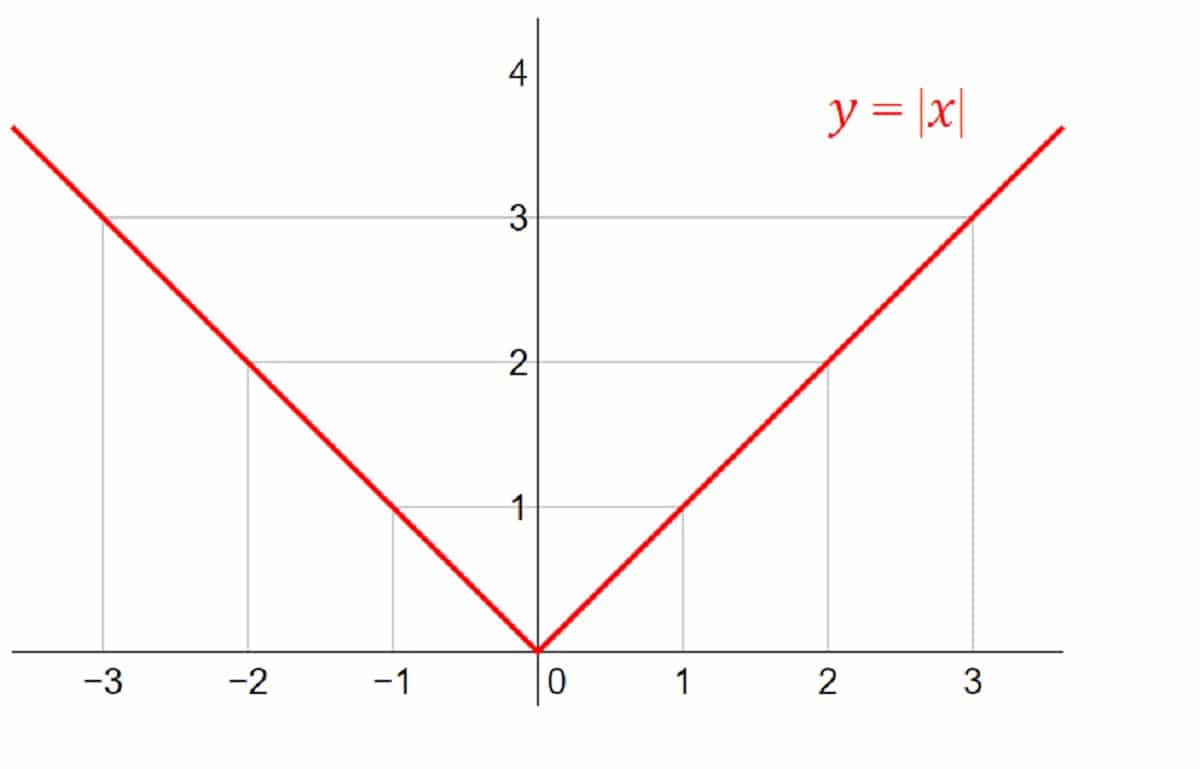
Absolute value function
As you probably know, the absolute value of a number in mathematics is its numerical value. In this case, it is not taken into account whether it is positive or negative. In functions, it is linked to magnitude or distances. The will be greater than or equal to 0 but never negative.
f (x) = | x |
With this we finalize the classification with the ten types of mathematical functions, information that we must keep to always have at hand since it is essential that we understand that, based on the type of function in front of us, the graphical representation will vary considerably, so that Knowing all these details, we will be able to carry out a lot of work since with a single glance we will have all the necessary information to know what the result will be and we will no longer have to do the calculation.
Keep in mind that we are going to achieve a lot if we already know in advance the type of representation that we are going to find, since this is going to help us in two ways; First of all, we will be able to observe that everything is progressing correctly, that is, we must be clear that during the process we will see that we are on the right track, and on the other hand, once we make the graphic representation, we will have a clear idea about whether the result obtained is correct, since in the event that the graphical representation was different from the type of function we are dealing with, it would obviously mean that we have gotten confused in some calculation, which means that we have to go back again backwards until the error is found to correct it and finish checking that the graphical representation is correct.
This is all you need to know about the types of functions, but remember that it is always important that you expand your knowledge and above all that you practice, understanding at the same time what you are doing, since it is the only way to enjoy the functions. mathematics and prevent it from becoming a subject to which we cannot get the good side.
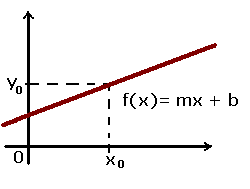
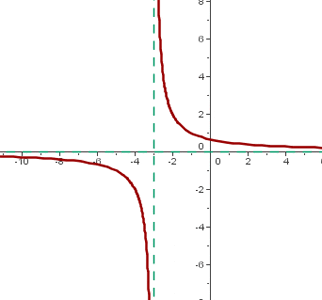
thanks for your knowledge provided. It was useful for me to carry out my work, but it would be good if I had the date on which I did the work and the full name to keep the bibliographic reference in mind and not plagiarize.